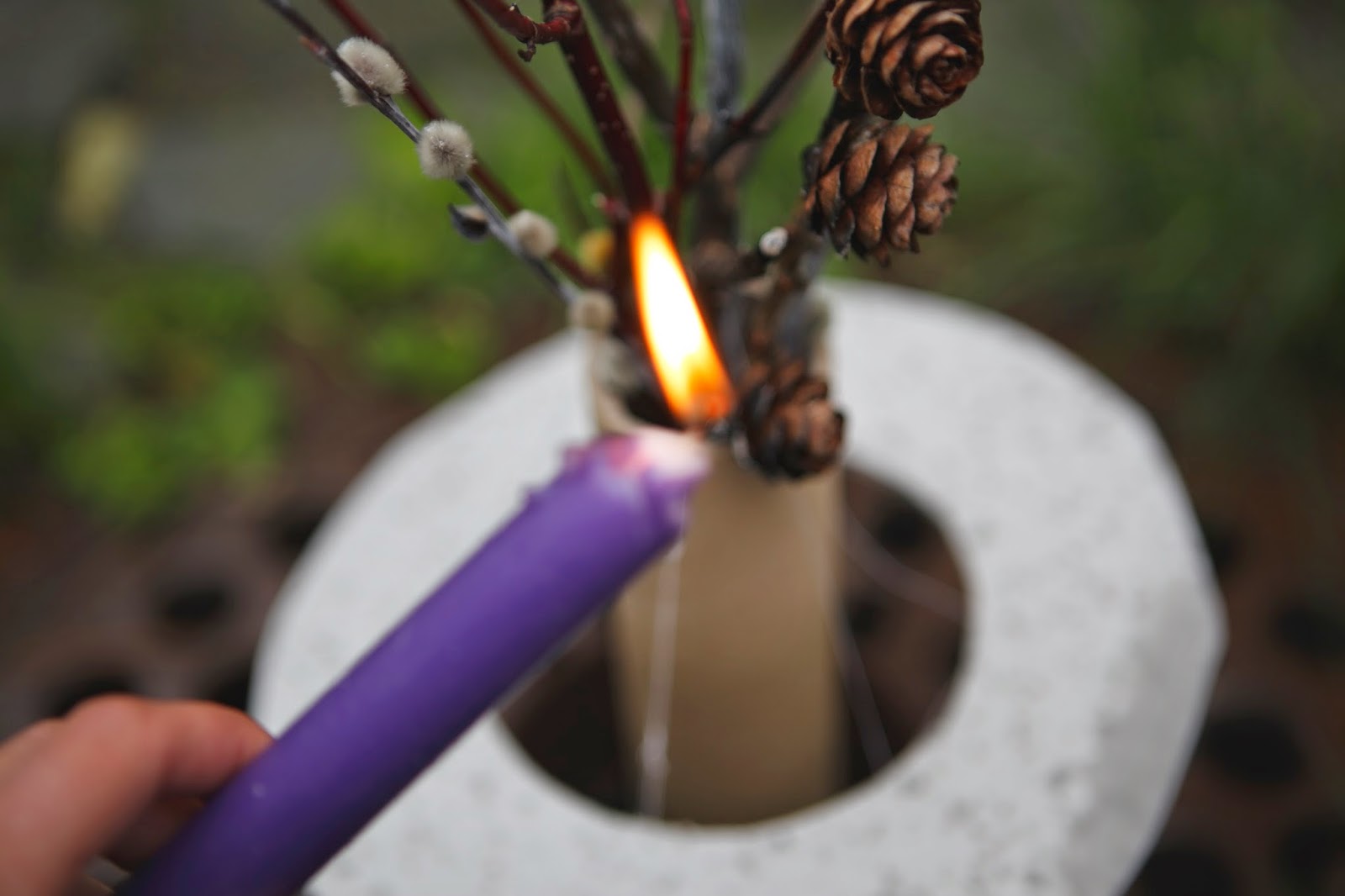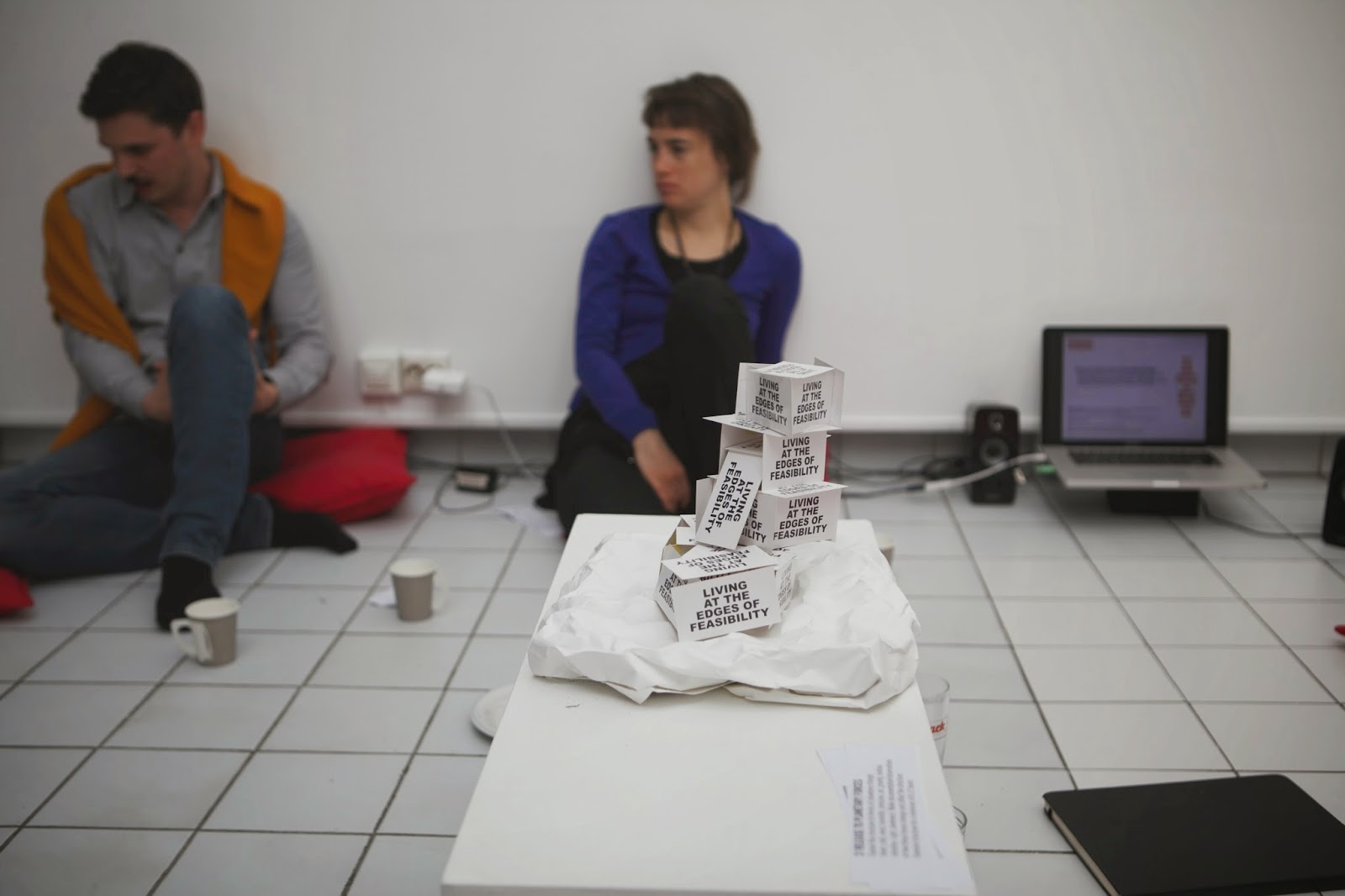Over the three-day, hands-on workshop, we´ve designed and built simple structures that have been exposed to different forces of change . The intentions were to arrive at a new place in both individual and group orientations toward the following questions: What does it take to recognize our tendencies to describe natural and built environment change as “destruction?” How might we cultivate nuanced capacities to inhabit change and address change as life itself, that is, as a continuous “passing into vibrant nexts”?
Ginkgo leaves burnt on a plank was a response I chose. Ginkgo - Ginkgo biloba; in Chinese, Korean and Japanese: 銀杏, pinyin is a unique species of tree with no living relatives. The ginkgo is a living fossil, recognisably similar to fossils dating back 270 million years. Native to China, the tree is widely cultivated and was introduced early to human history. It has various uses in traditional medicine and as a source of food.
Having survived the climatic vicissitudes of the past 270 million years, ginkgo is clearly well prepared or, more precisely, preadapted—to handle the climatic uncertainties that seem to be looming in the not-too-distant future. Indeed, should the human race succeed in wiping itself out over the course of the next few centuries, we can take some comfort in the knowledge that the ginkgo tree will survive.
Check also a blog of Smudge Studio http://fopnews.wordpress.com/2014/06/20/tromso/




















No comments:
Post a Comment